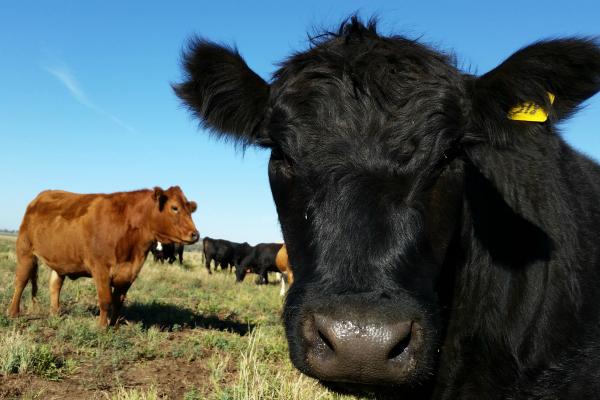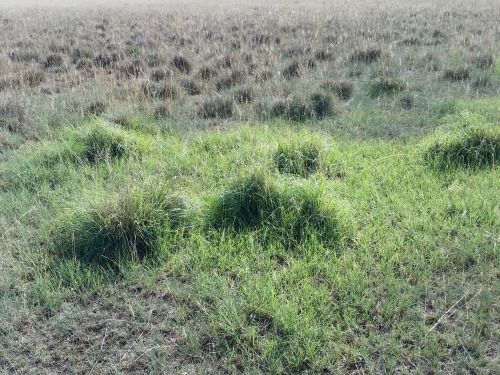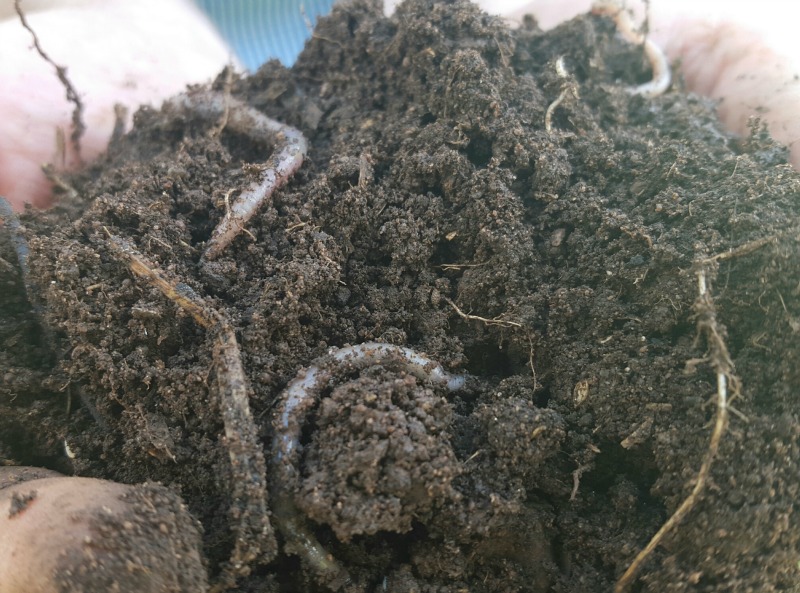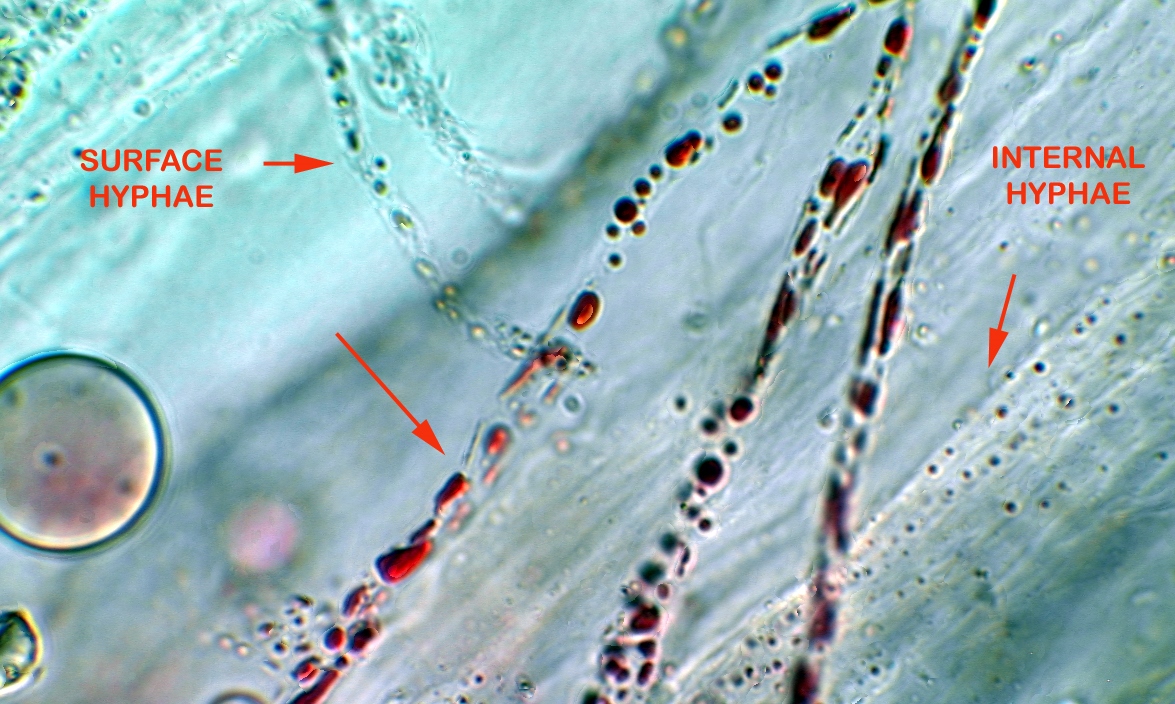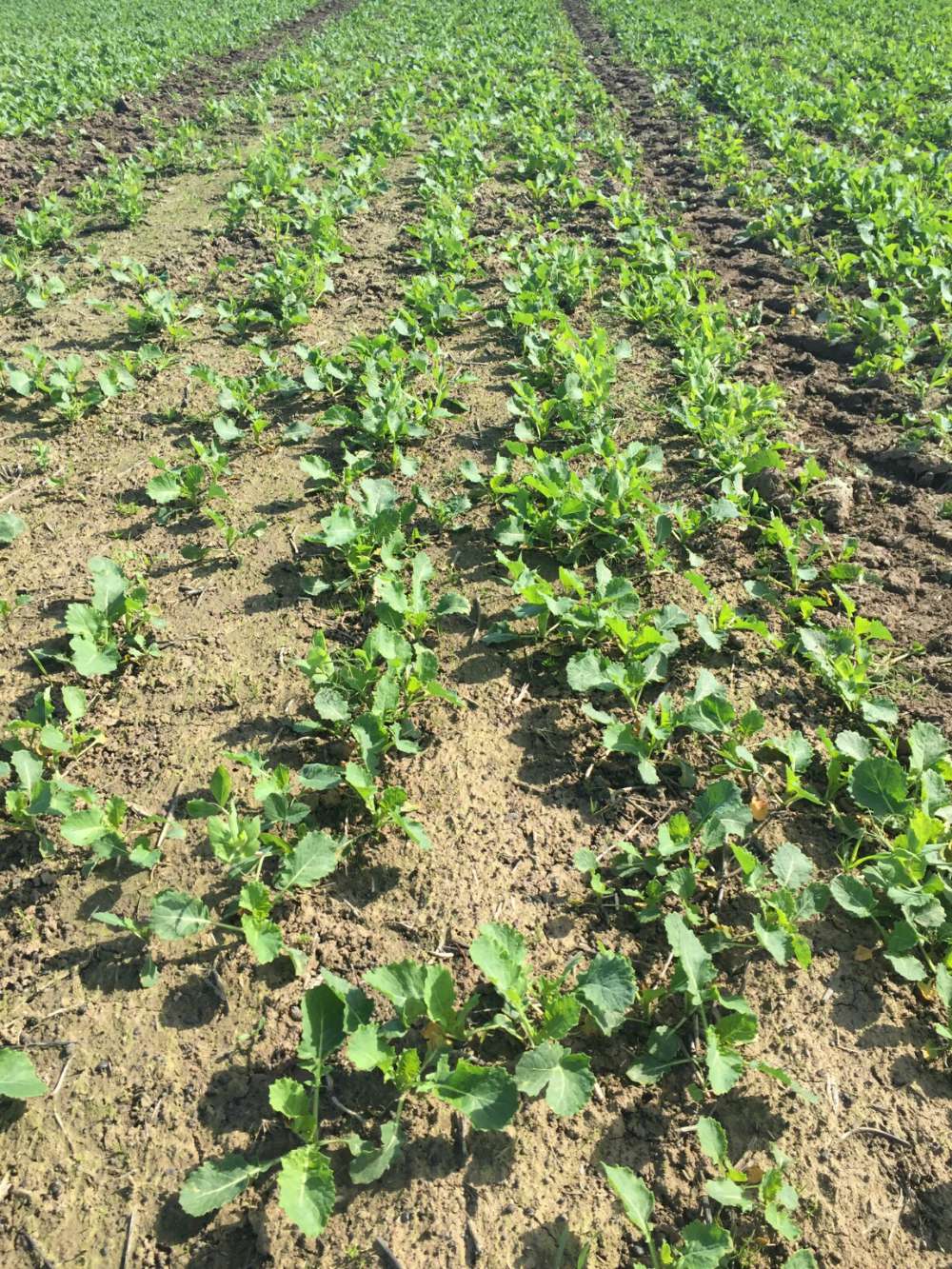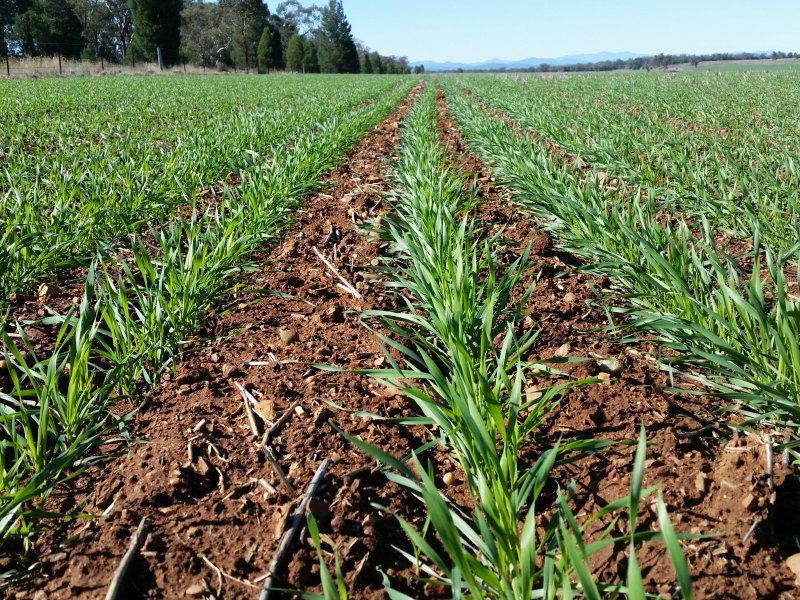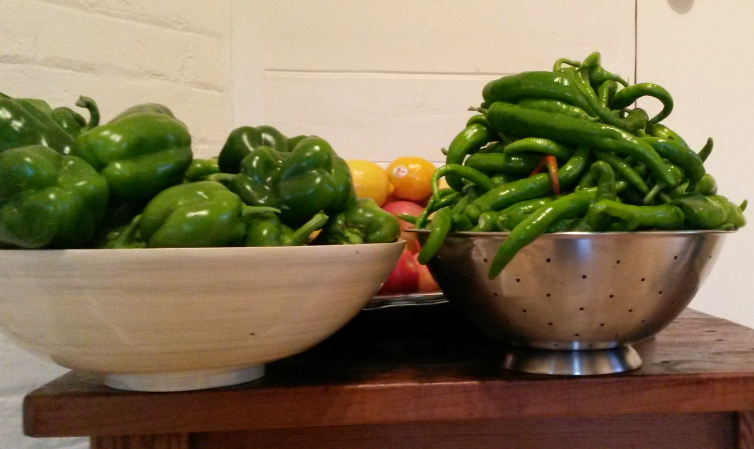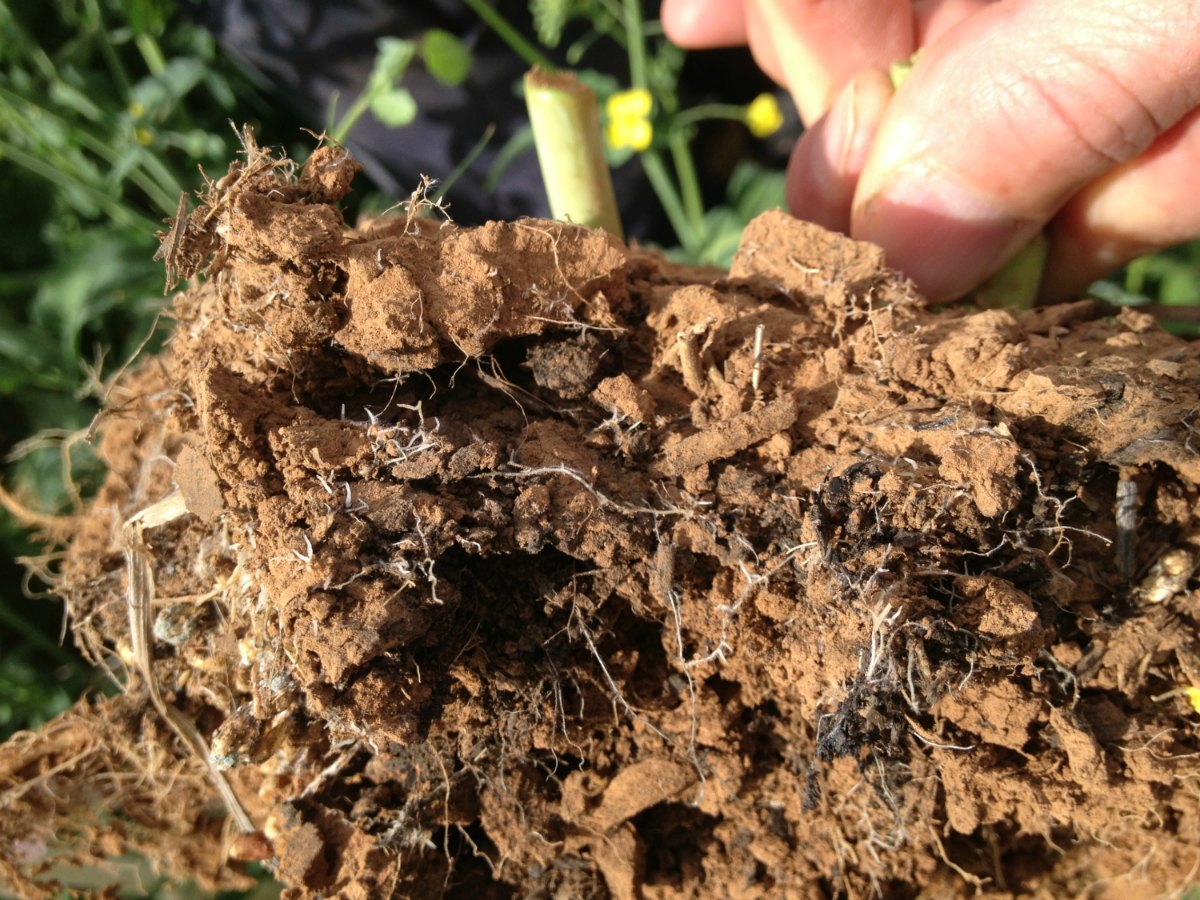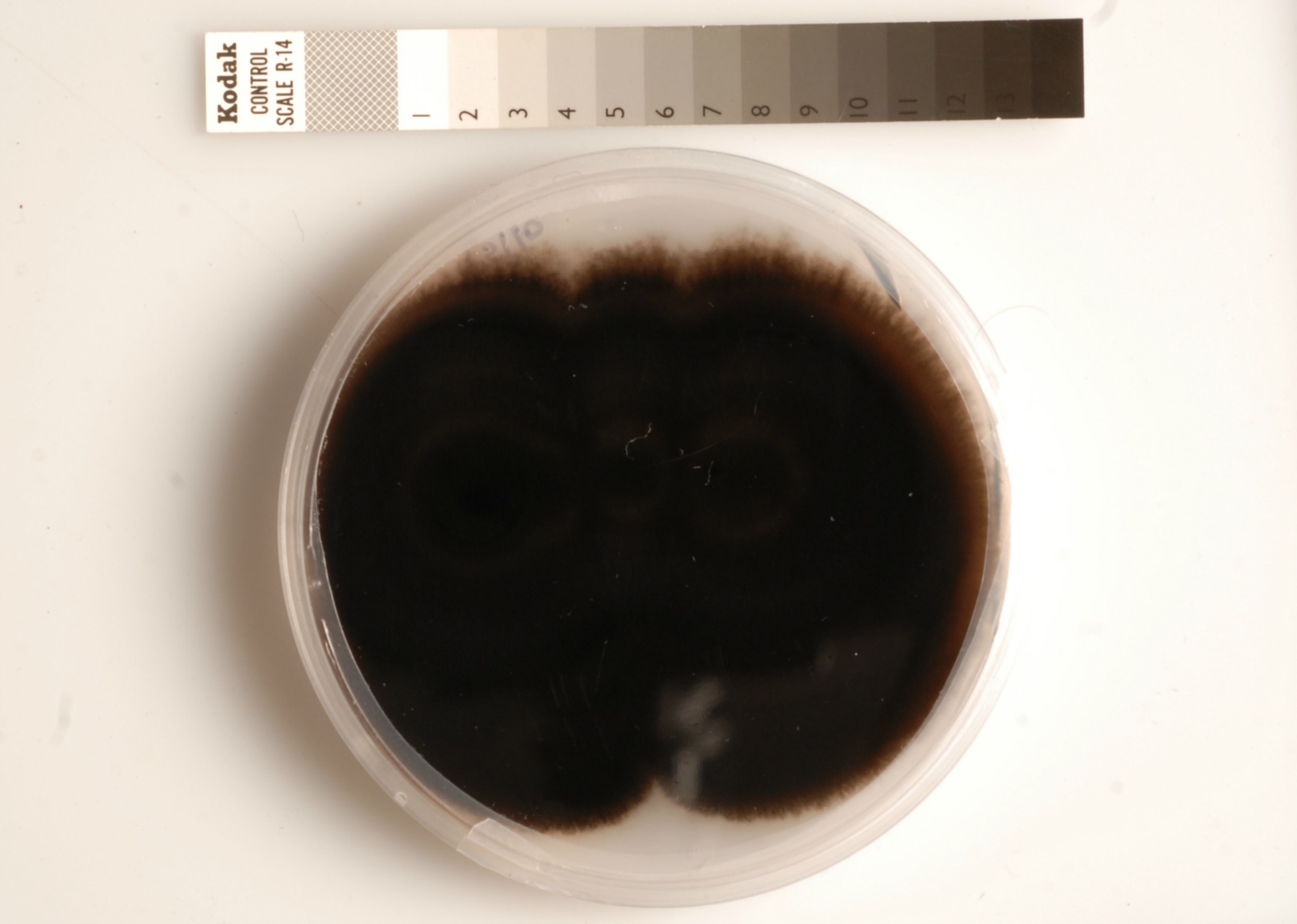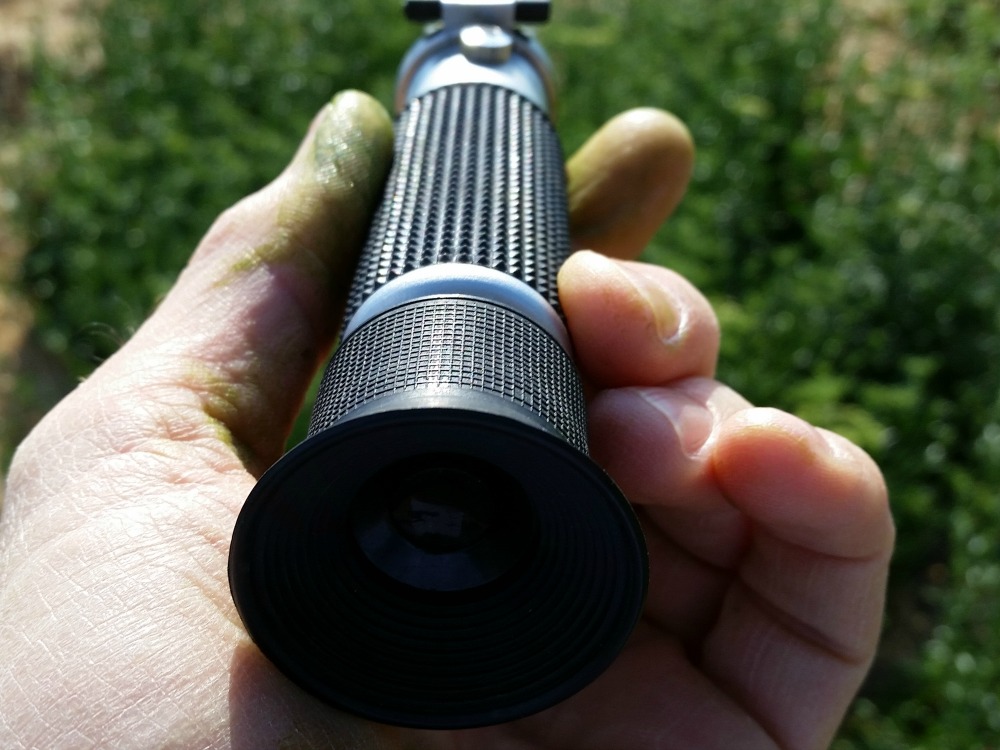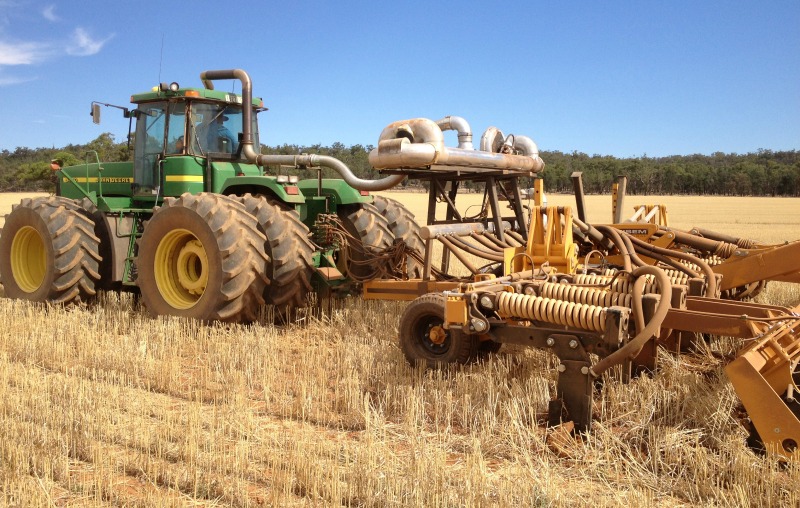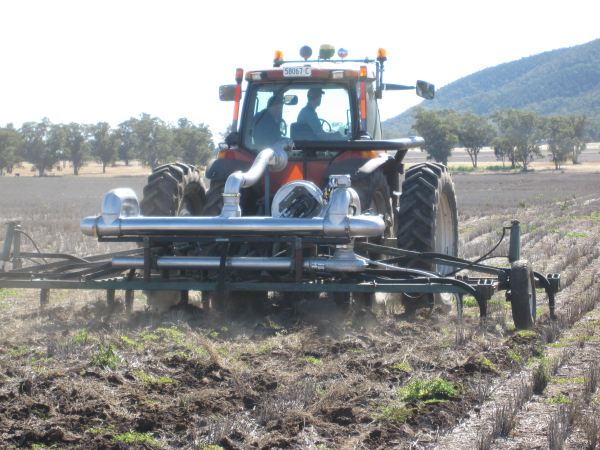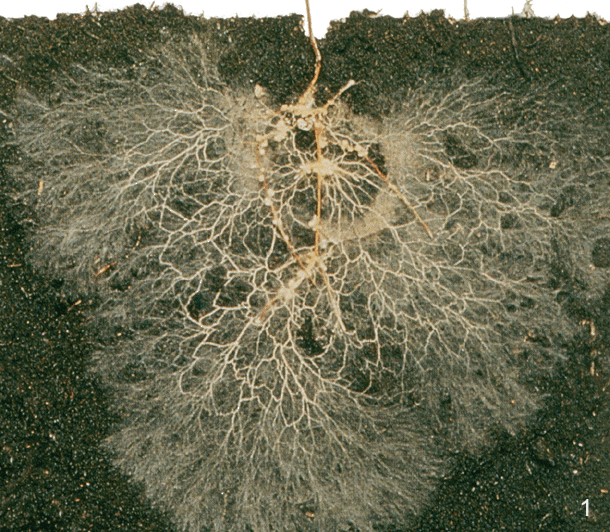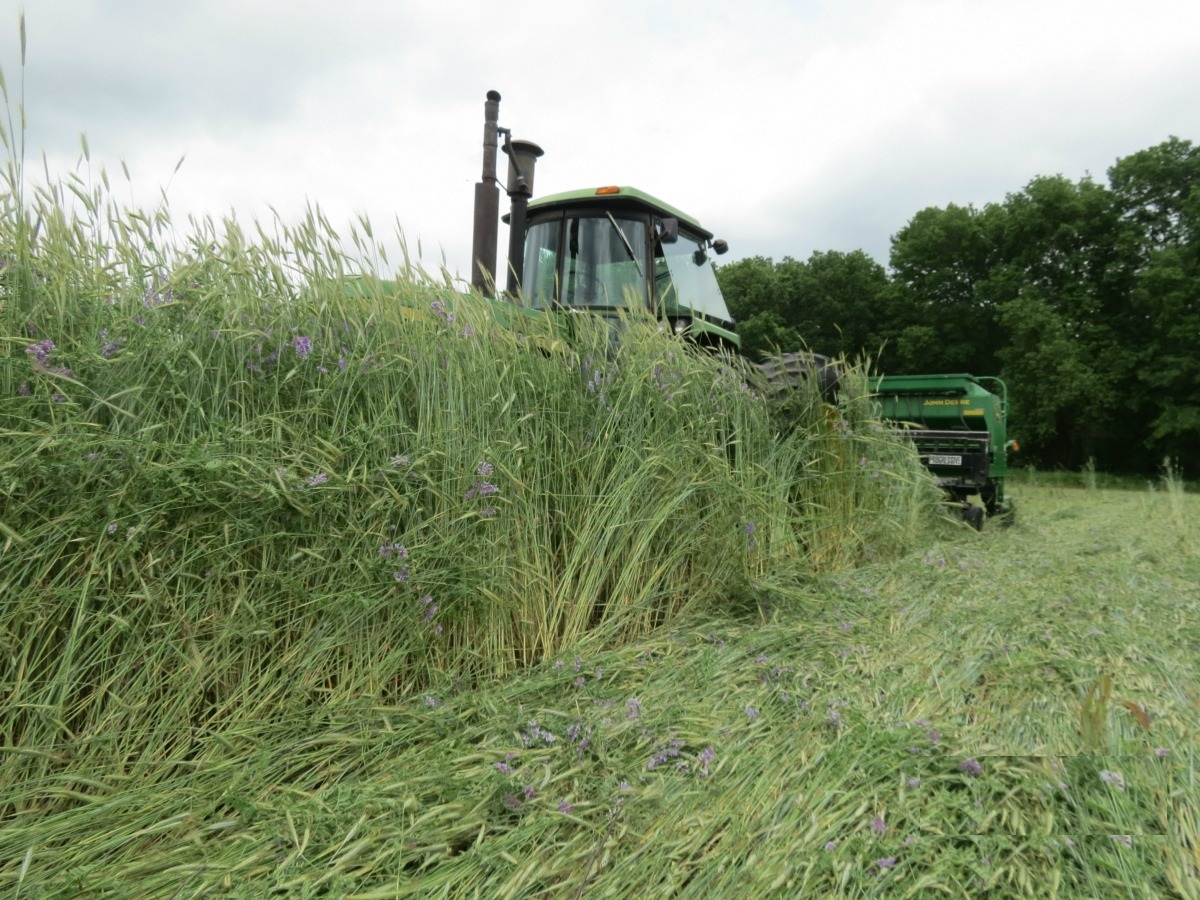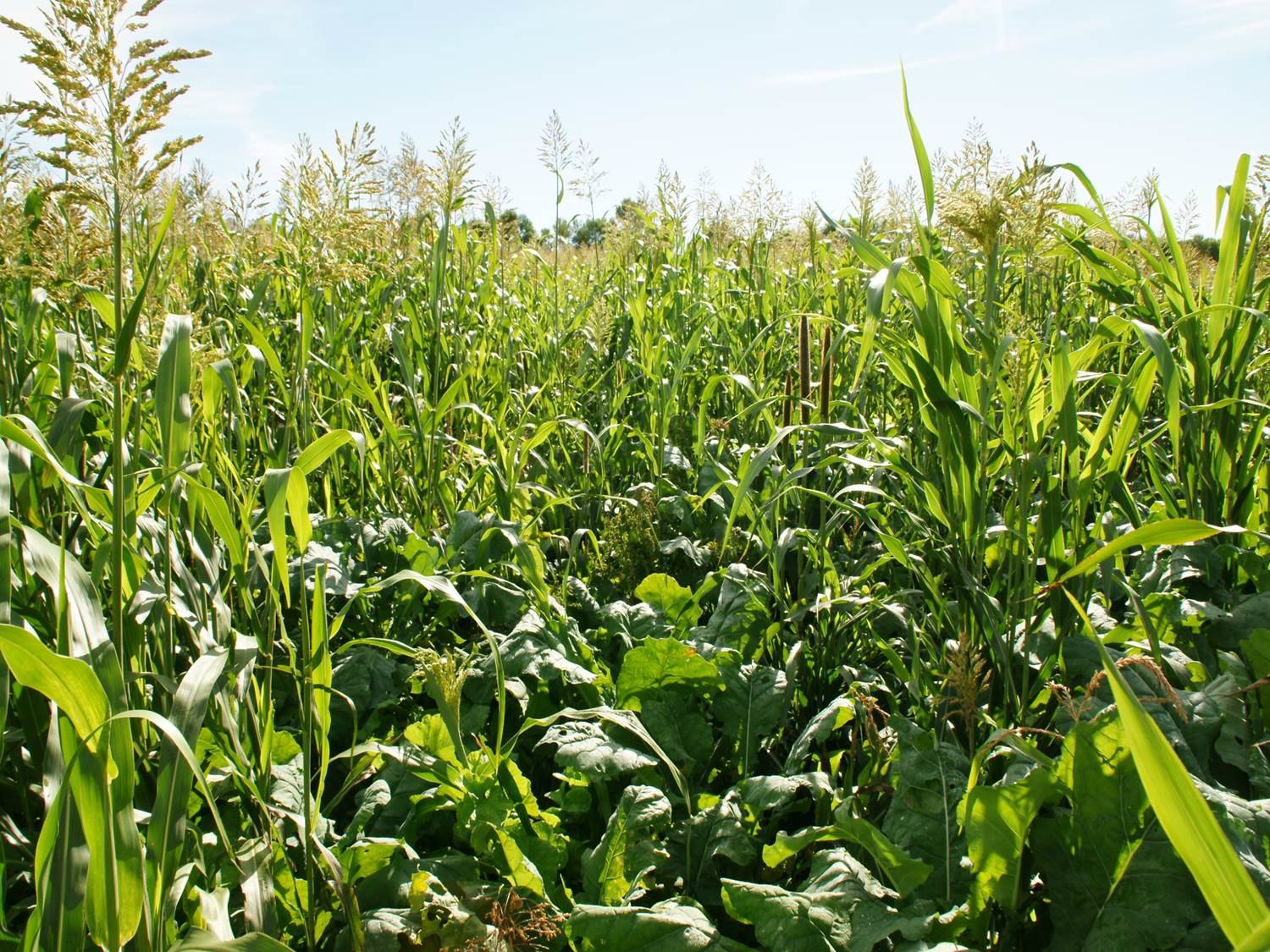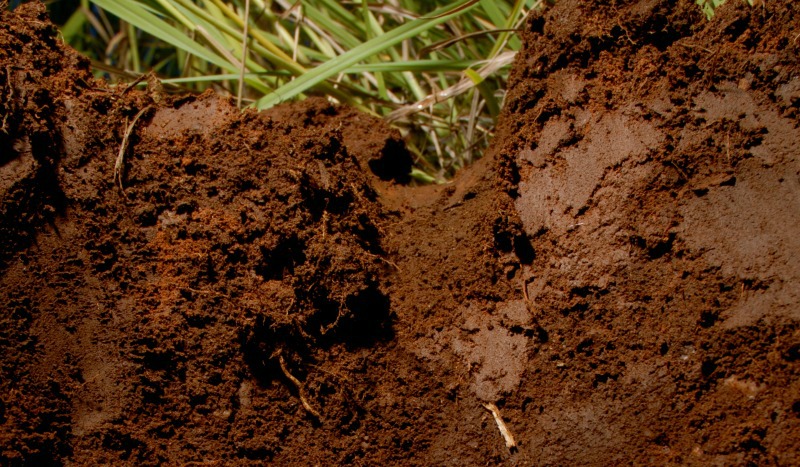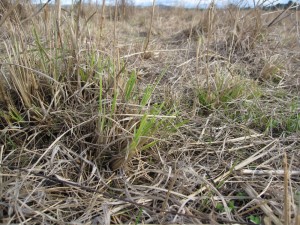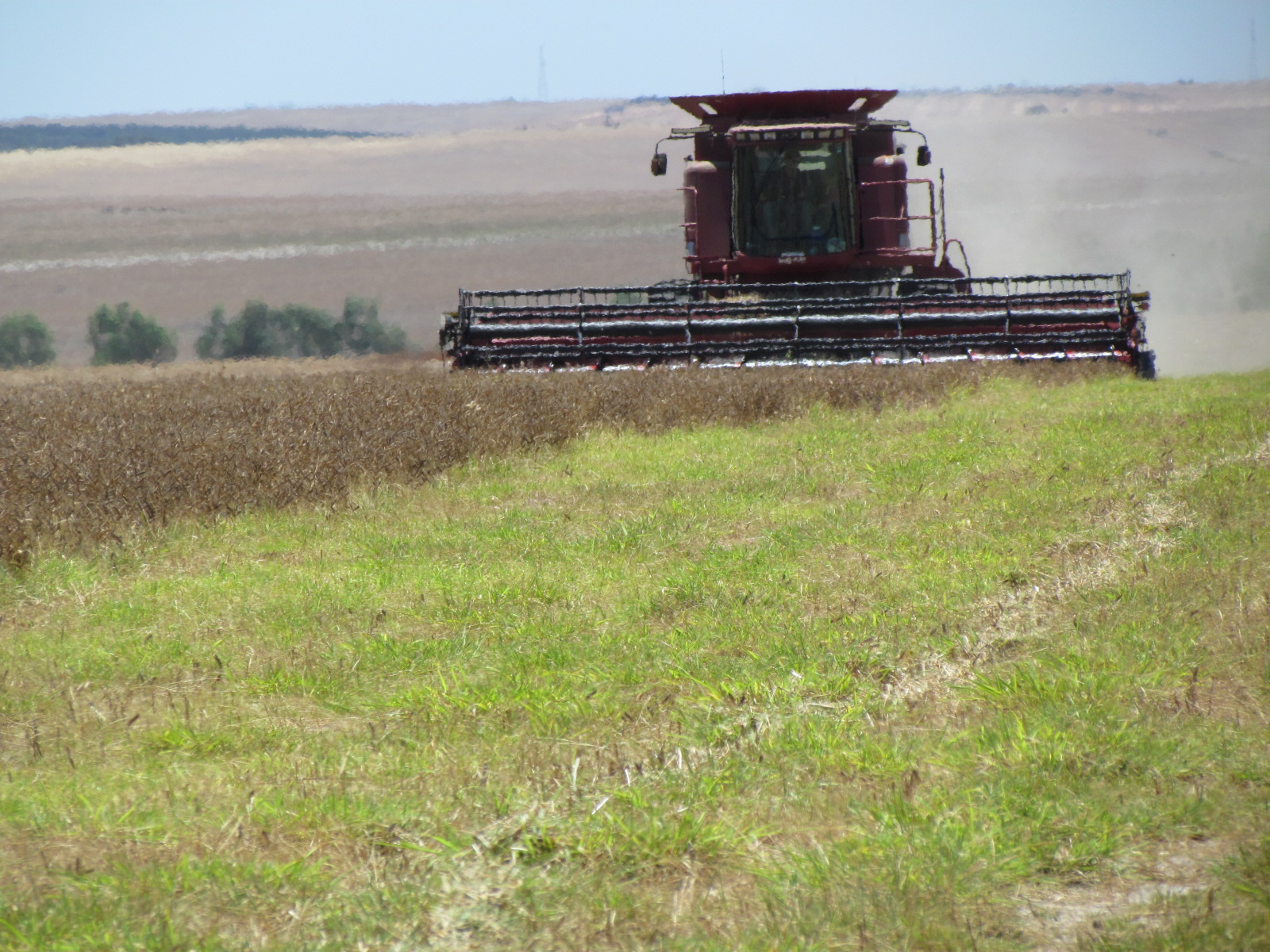There is SO much to offer from the huge and exciting variety of applications of this technique – it’s hard to know where to start! What I will be doing is start by focusing on the concepts of cover cropping and addressing the nitty gritty and real life experiences (which is what I love most) in coming blogs, rather than doing one big gloss over. This will keep the blogs to a readable length and will also allow your feedback and input, which we can build on as the later blogs come.
[Talking of feedback, I had some really great and helpful feedback from Cam at Uralla after last week’s blog on animal performance under planned grazing systems. More on Cam’s feedback and comments in the side bar(to the right) of the main page of this blog. Thanks HEAPS Cam. I'm sure that Cam's sharing with us will help give more of you in our Conscious Farmer community the confidence to share your experiences. You will realise that this is a ‘safe’ place in which you can share; either for the benefit of informing others or for seeking input from me and/or others].
Back to cover cropping! There are ALL SORTS of reasons to cover crop, which include incorporating grazing into the system. Certain farmers have worked with this technique and had some amazing success with it and I hope to take this and share it around other parts of the world.
Just imagine increasing your soil infiltration from ½” (25mm) per hour to 8”/hr (200mm)? This is an astonishing improvement achieved by North Dakota farmer Gabe Brown, whose experiences I will share with you next week! On our farm in recent years, we have experienced longer dry periods between which we have more intense and heavier rainfall events compared with the more even nature of our annual rainfall of last decade. I hear these observations echoed by North Americans with regard to their areas. (I am interested to know if the South Americans and Africans are experiencing similar). What this means however, is that CAPTURE and STORAGE of rainfall are now more critical than ever.
The amount of rainfall that we are able to INFILTRATE during these less frequent falls becomes paramount; more important than our actual yearly rainfall. Not only this, but how much we can then hold in the soil to stretch us through to the next rainfall event is equally as critical.
What is cover cropping?
Traditionally I would have thought of cover cropping as the planting of a legume or oats crop (often referred to as a green manure crop) in between cash crops, which is either worked in or sprayed out. Well, this is old school and playing small compared with the amazing things being done now.
Continue reading “THE ‘NEW’ COVER CROPPING” »
